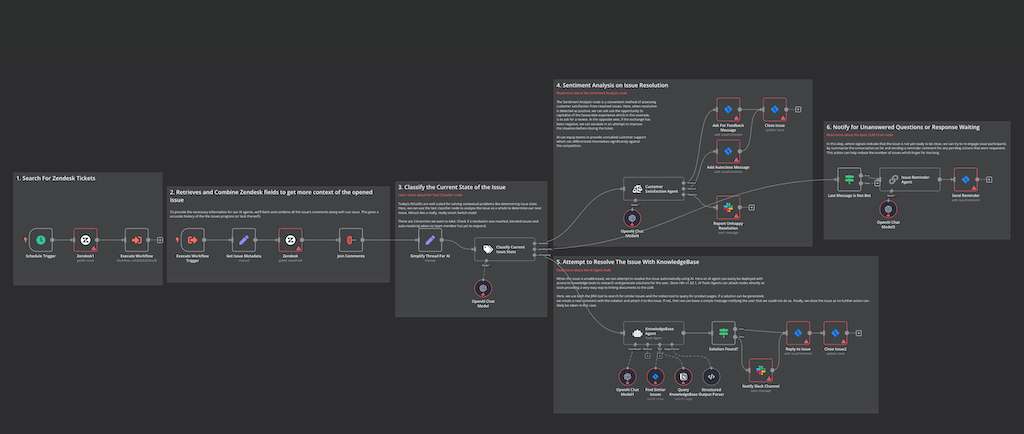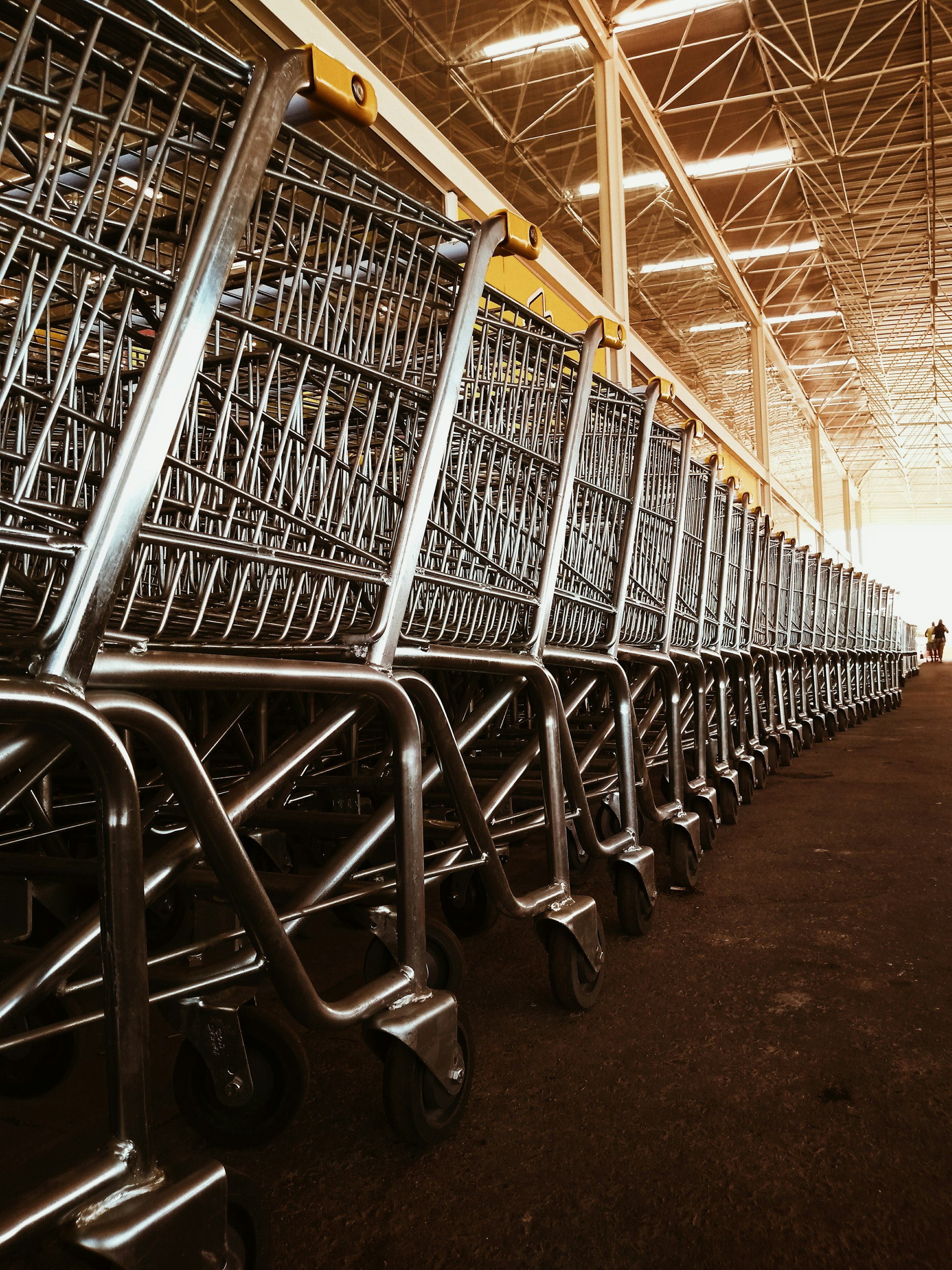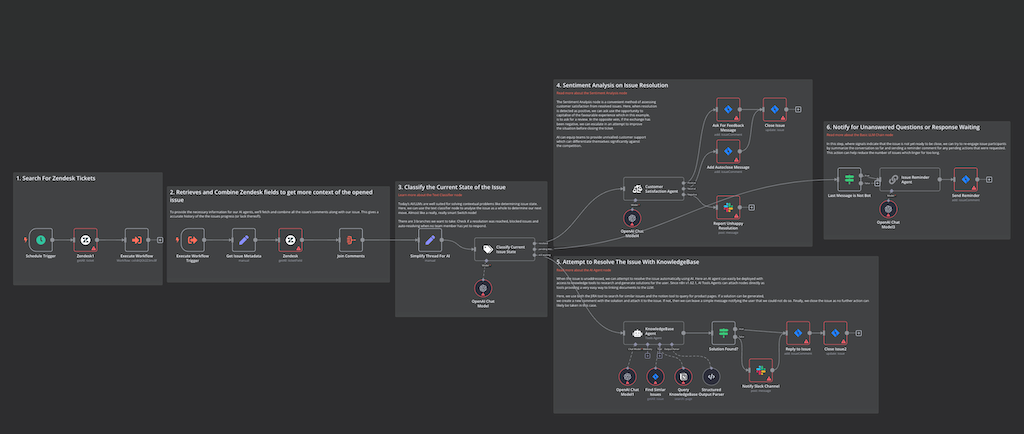Revolutionizing Retail: The Power of RAG in Enhancing Customer Experience

Retail is no longer just about selling products—it's about creating meaningful, personalized experiences that keep customers coming back.
In a world where shoppers expect instant gratification, tailored recommendations, and seamless service, retailers need cutting-edge solutions to stay ahead.
What is RAG, and Why does it matter in retail?
At its core, RAG combines two powerful AI capabilities: data retrieval and generative AI.

It pulls relevant data from multiple sources in real time and uses that information to generate highly accurate, personalized outputs. For retailers, this means tapping into customer data like purchase history, product browsing behavior, added to shopping cart, product preferences and turning it into actionable insights.
Why does this matter? Because modern customers demand more than just products; they want experiences that feel tailored to them.
RAG makes this possible by delivering hyper-personalized recommendations, smarter inventory management, and enhanced customer support.

How RAG enhances customer experience
Here are some of the key ways RAG is reshaping retail and consumer habits:
Personalized Shopping Experiences
Imagine walking into a store or browsing online; every recommendation feels like it was made just for you. That’s the magic of RAG. By analyzing real-time data like browsing history and purchase patterns, it can:
- Suggest products that match your preferences.
- Adjust recommendations based on live inventory levels.
- Craft personalized marketing campaigns with offers you can’t resist.
This level of personalization not only boosts customer satisfaction but also drives higher conversion rates.

In this article you can read more about email marketing with RAG
Smarter Inventory Management
Inventory issues—whether overstocking or running out of popular items—are a retailer’s nightmare. RAG solves this by analyzing sales trends, seasonality, and real-time stock levels to optimize inventory decisions.
For example:
- Automatically reordering fast-selling items before they run out. Move them in a specific section of the layout.
- Identifying slow-moving products and suggesting targeted discounts and generate promos and offers, sending email to specific customer clusters
Enhanced Customer Support
The era of generic chatbot responses is over; RAG-powered AI assistants make customer support quicker, smarter, and more effective.
These bots can:
- Retrieve order details or troubleshooting guides in seconds.
- Provide personalized answers based on a customer’s past interactions.
- Continuously learn from feedback to improve over time.
This not only resolves issues more efficiently but also builds trust and loyalty with customers.

In the upcoming weeks, I'll publish an article about this workflow and give it away for free to all subscribers. 👇
Why do retailers need to move forward quickly in implementing RAG in their business?
The retail sector is highly competitive, with customers facing countless choices. To differentiate themselves, retailers need to provide unique and valuable experiences.
Here’s why adopting RAG is no longer optional:
- Increased Customer Expectations: Shoppers expect instant service and personalized interactions across all touchpoints.
- Data Overload: Retailers collect massive amounts of data but often struggle to use it effectively. RAG turns this data into actionable insights.
- Competitive Edge: Businesses that leverage AI-driven personalization are more likely to retain customers and boost sales.

The Road Ahead: The Future of RAG in Retail
The possibilities for RAG in retail are endless, just imagine if you combining it with technologies like virtual reality (VR) for immersive shopping experiences or integrating it with Internet of Things (IoT) devices for smarter store operations.
For instance:
- Virtual try-ons powered by RAG could recommend outfits based on your style preferences or for an upcoming event.
- IoT sensors could feed real-time shopper behaviour data into RAG systems to adjust promotions dynamically (not only the bored Happy Birthday 🎁 once a year! 😩).
As technology evolves quickly, the question is: will retailers integrate RAG into their business before it is too late? Do you remember the recommendation systems a few years ago?
RAG is not just a tool — it’s a transformation engine for the retail industry; retailers can deliver the experiences that today’s customers crave while staying ahead in an ever-evolving market.

FAQs about RAG in Retail
What is Retrieval-Augmented Generation (RAG)?
RAG is an AI technology that combines real-time data retrieval with generative capabilities to deliver personalized outputs like product recommendations or customer support responses.
How does RAG improve customer experience in retail?
It enhances personalization by analyzing customer data in real-time, optimizes inventory management by predicting demand trends, and improves customer support with faster, more accurate responses.
Can small retailers benefit from RAG?
Absolutely! While larger retailers may have more data to leverage, small businesses can use RAG to offer personalized experiences that build stronger customer relationships.
Is implementing RAG expensive?
The cost depends on the scale of implementation and the tools used. However, many platforms now offer scalable solutions tailored to businesses of all sizes.
How does RAG ensure customer data privacy?
Most RAG systems are designed to securely handle opt-in customer data while adhering to privacy regulations like GDPR or CCPA.
What industries beyond retail can use RAG?
While retail is a primary use case, industries like healthcare, finance, and education can also benefit from RAG’s ability to deliver personalized insights and services.

